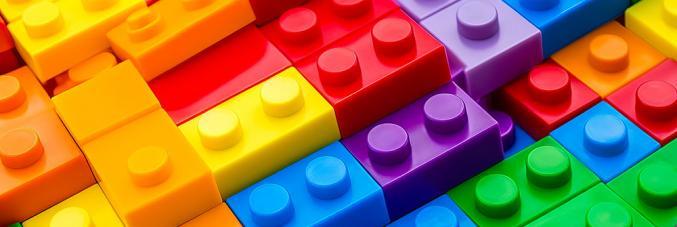
Lego’s at the Museum - The awareness initiative begins at Unipd museums
01.12.2023
The awareness initiative on the topic of accessibility and the contribution that each of us can make to make our cities more inclusive begins with the museums of the University of Padua. Lego at the Museum is the name of the project, which involves the collection of Lego bricks to create a ramp that helps people with motor disabilities overcome architectural barriers.
Launched by the University museums, Lego at the Museum is a collaboration project with Talents di Habile.
The five youths from Talents di Habile on the autistic spectrum have been talking about inclusion in an original way since 2020. By breaking down architectural barriers through LEGO ramps, they offer a mix of social and environmental sustainability, circular economy, play, inclusion and accessibility through urban design, colours and beauty, and mental and motor disability. Offering a clear example of how, despite the difficulties, we can create a different and more welcoming world. The idea of the ramps made of coloured bricks came from Enrico Balestra, who took inspiration from an initiative born in Germany a few years ago by a woman confined to a wheelchair, Rita Ebel, now known internationally as “Grandma Lego.”
To date, the Talents have created 12 ramps in coloured bricks and with what will be collected in the University museums they aim to create new ones soon.
You too can participate with the donation of a single brick, but a few thousand must be collected to build a ramp. All Lego and Duplo bricks of any shape and colour are accepted. The most requested models are the base plates, the basic bricks and the thin basics (plates).
It is possible to contribute to the collection by going to one of the museums of the University of Padua, during opening hours, and depositing your bricks inside the containers present at the entrance, also leaving one on the lid of the container as you pass by, to give life to a true choral tale. The planned collection points are located at the Museum of Nature and Humankind, the Botanical Museum, the Education Museum, the Geography Museum, the “Enrico Bernardi” Machine Museum, the Museum of Archaeological Sciences and Art, the Physics Museum Giovanni Poleni, the Museum of Veterinary Medicine, Museum of Adriatic Zoology Giuseppe Olivi.
Once the necessary number of bricks are collected, Enrico Balestra will then bring the work to life and will build the ramp by hand. Not being a certified aid, the ramp will be suitable for overcoming only one-step at a time, with a maximum height of 18 cm.
The initiative is part of the Third Mission project More Than Words. University Museums will offer Augmentative Alternative Communication to improve the understanding and enjoyment of our heritage for those with visual impairments, children of pre-school age, foreign visitors, new citizens with limited language skills, elderly people in cognitive decline or with senile dementia, people with Specific Learning Disorders-DSA. The initiative sees the participation of the Municipality of Padua, ULSS 6 Euganea, Cooperativa L'IRIDE scs and Meeple srl.



